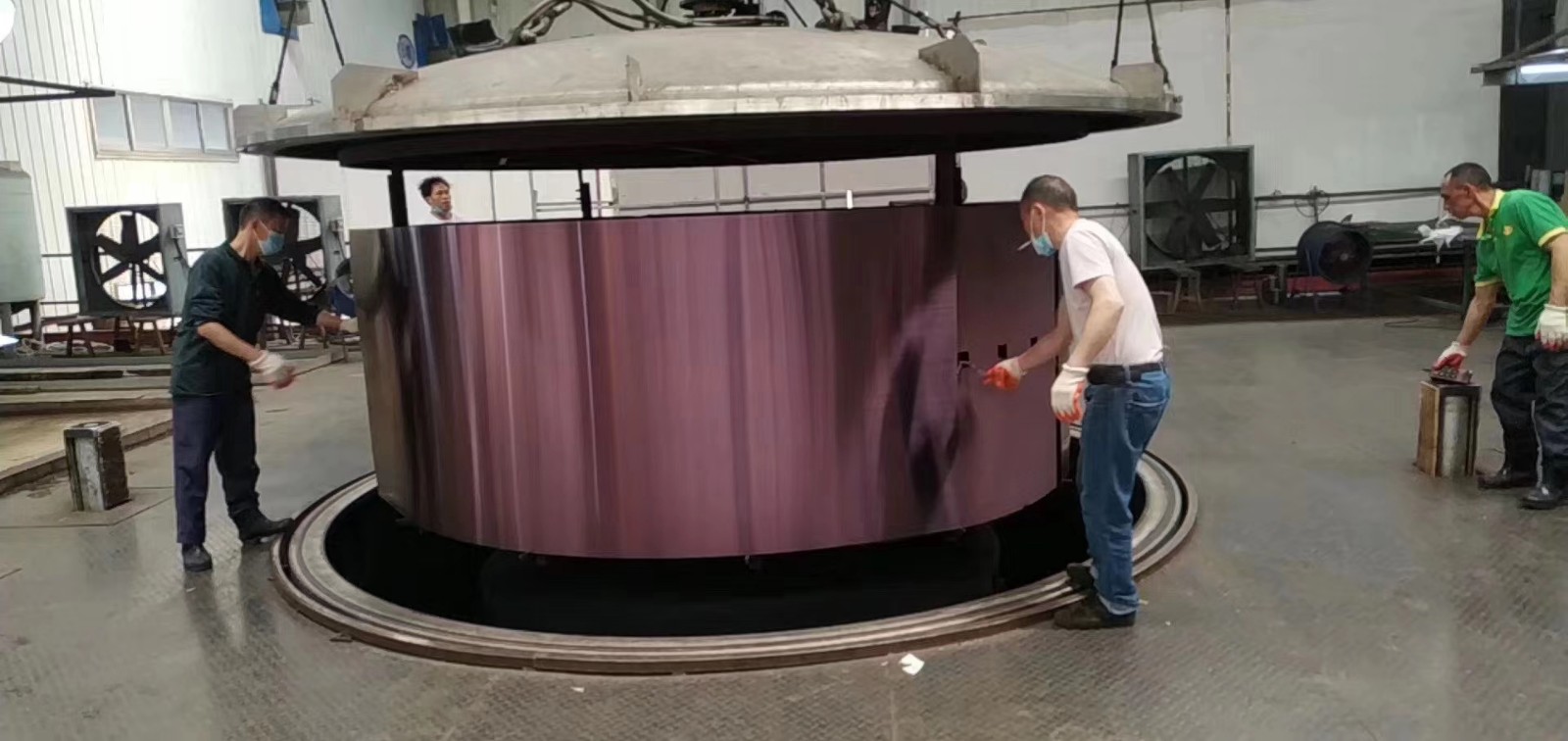Commonly used stainless steel surface treatment technology has the following treatment methods: ① surface natural whitening treatment; ② surface mirror bright treatment; ③ surface coloring treatment.
1.2.1 Surface natural whitening treatment: During the processing of stainless steel, black oxide scale is produced after coiling, binding, welding or artificial surface fire-bake heating treatment. This hard gray-black oxide scale is mainly composed of NiCr2O4 and NiF, two EO4 components. In the past, hydrofluoric acid and nitric acid were generally used for strong corrosion. However, this method is costly, pollutes the environment, is harmful to the human body, and is highly corrosive, and is gradually eliminated. There are two main methods for treating oxide scale:
⑴Sandblasting (pill) method: mainly adopts the method of spraying micro glass beads to remove the black oxide scale on the surface.
⑵Chemical method: Use a non-polluting pickling passivation paste and a non-toxic cleaning solution with inorganic additives at room temperature for immersion. So as to achieve the purpose of whitening treatment of the natural color of stainless steel.
After processing, it basically looks like a dull color. This method is more suitable for large and complex products.
1.2.2 Mirror bright treatment method of stainless steel surface: According to the complexity of stainless steel products and different user requirements, mechanical polishing, chemical polishing, electrochemical polishing and other methods can be used to achieve mirror gloss. The advantages and disadvantages of these three methods are as follows:
1.2.3 Surface coloring treatment: stainless steel coloring not only gives stainless steel products a variety of colors, increases the variety of products, but also improves product wear resistance and corrosion resistance.
There are several coloring methods for stainless steel:
⑴Chemical oxidation coloring method;
⑵ Electrochemical oxidation coloring method;
⑶Ion deposition oxide coloring method;
⑷High temperature oxidation coloring method;
⑸ Gas phase cracking coloring method.
A brief overview of the various methods is as follows:
⑴Chemical oxidation coloring method: It is the color of the film formed by chemical oxidation in a specific solution. There are dichromate method, mixed sodium salt method, vulcanization method, acid oxidation method and alkaline oxidation method. In general, "INCO" (INCO) is used more, but if you want to ensure the color of a batch of products are consistent, you must use a reference electrode to control.
⑵Electrochemical coloring method: the color of the film formed by electrochemical oxidation in a specific solution.
⑶Ion deposition oxide coloring chemical method: the stainless steel workpiece is placed in a vacuum coating machine for vacuum evaporation plating. For example: titanium-plated watch cases and watch bands are generally golden yellow. This method is suitable for mass product processing. Because of the large investment and high cost, small batch products are not economical.
⑷High temperature oxidation coloring method: It is to immerse the workpiece in a specific molten salt to maintain a certain process parameter, so that the workpiece forms a certain thickness of oxide film, and presents a variety of different colors.
⑸ Gas phase pyrolysis coloring method: It is more complicated and less applied in industry.

Copyright © 2019 East King Steel (Guangdong) Co., Ltd. | All Rights Reserved
We are here to help you! If you close the chatbox, you will automatically receive a response from us via email. Please be sure to leave your contact details so that we can better assist